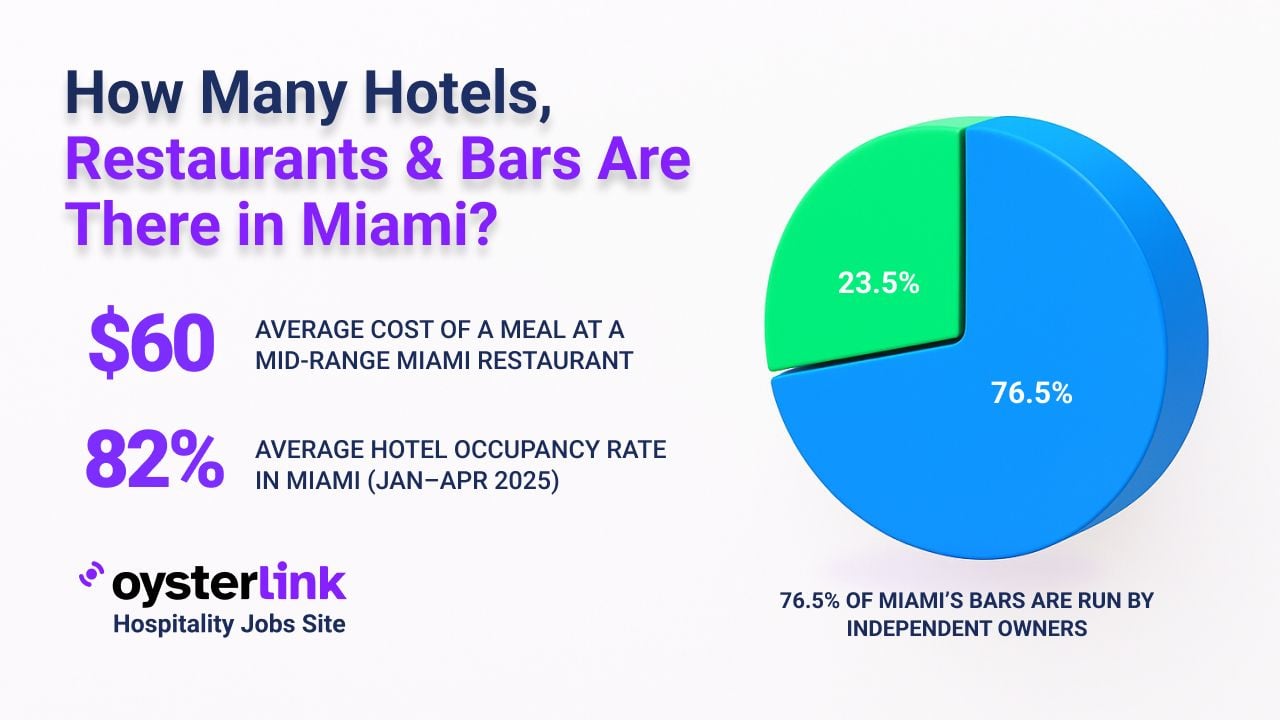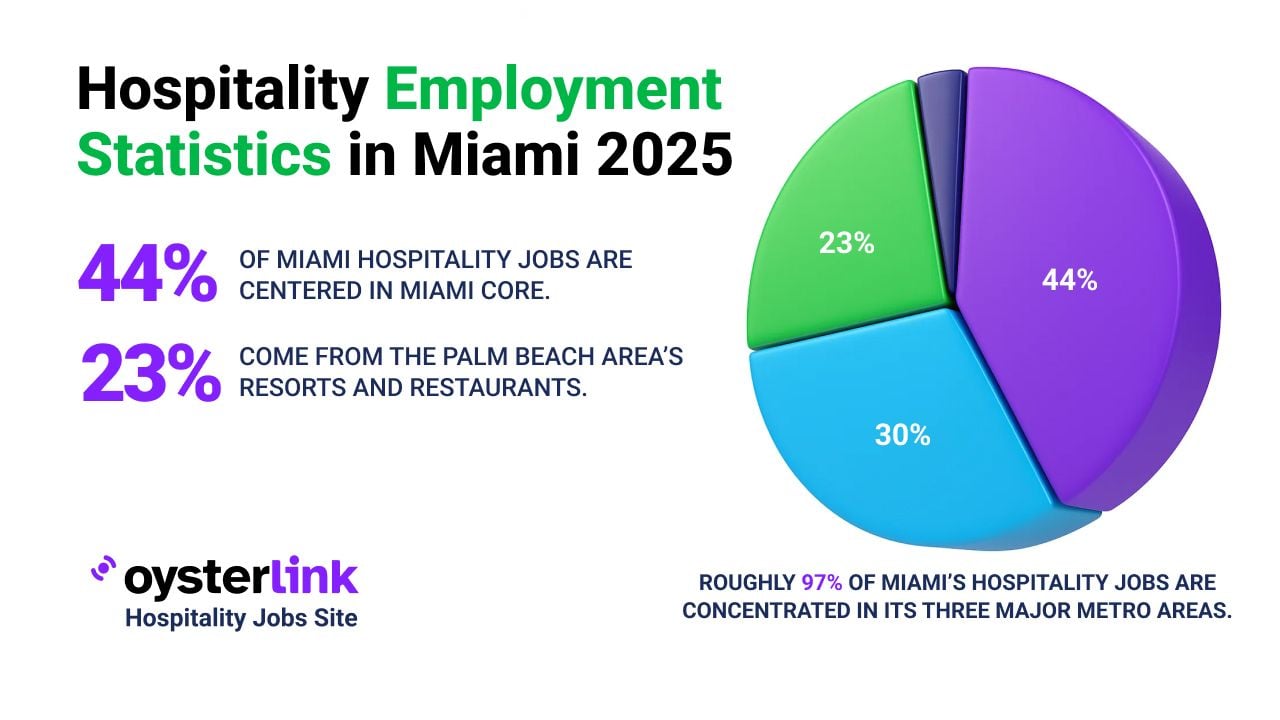Server Overtime Pay Calculation under California Laws: Key Takeaways
- California servers earn 1.5 times their regular hourly wage for hours worked beyond 8 up to 12 in a day and beyond 40 hours in a week.
- On the seventh consecutive workday, servers receive time-and-a-half for the first 8 hours and double time for hours worked over 8 that day.
- The regular rate for overtime excludes tips but includes hourly wages and mandatory service charges.
California establishes strict overtime pay rules for servers, ensuring fair compensation for extended hours.
Understanding how to calculate overtime pay helps employers comply and servers know their rights. Employers looking to manage this effectively can check out California overtime law 2025 worker rights for detailed guidance.
1. Overtime Eligibility and Rates for Servers in California
Servers in California are entitled to overtime pay under specific conditions defined by state wage orders. Key categories include daily, weekly, and consecutive workday overtime.
Daily Overtime Rules for Servers
If servers work more than 8 hours up to 12 hours in a single day, they must be compensated at 1.5 times their regular hourly rate for those additional hours.
Double time rates apply for hours worked over 12 in one day.
To better manage your front-of-house team including servers, managing servers in a restaurant offers practical advice for restaurant owners and managers.
Weekly Overtime Rules for Servers
When a server's total hours exceed 40 in a workweek, hours beyond 40 are paid at 1.5 times the regular rate.
Seventh Consecutive Day Overtime Rates
California mandates extra overtime for employees working seven consecutive days. On that seventh day, servers earn time-and-a-half for the first 8 hours and double time for every hour past that.
Restaurants aiming to optimize scheduling around these rules should explore how long server shifts typically last to maintain compliance and employee satisfaction.
2. Calculating the Regular Rate of Pay for Server Overtime
The regular rate of pay forms the base for overtime calculations. For servers in California, this rate includes the hourly wage and any non-discretionary bonuses.
However, it excludes tips since tips are voluntary and passed directly from customers to employees.
Mandatory service charges that the employer distributes among employees count as part of the regular rate.
Example Calculation
If a server earns $15 per hour, the calculation for overtime would be:
- Time-and-a-Half Rate: $15 × 1.5 = $22.50 per hour.
- Double Time Rate: $15 × 2 = $30 per hour.
These rates are applied based on the hours worked beyond standard thresholds discussed earlier.
Employers wanting practical tools may want to refer to server training manual template to help train new staff efficiently on pay and labor laws compliance.
3. Tips and Service Charges in Overtime Pay Calculations
California law distinguishes between voluntary tips and mandatory service charges when calculating overtime pay.
Tips Exclusion
Tips are voluntary gratuities given directly by customers to servers. Because they are not controlled or dictated by the employer, they are excluded from the regular rate of pay.
Service Charges Inclusion
Mandatory service charges, such as automatic gratuities added to a bill and distributed by the employer to staff, must be included in the regular rate of pay when calculating overtime.
For employers in hospitality, learning about how to post jobs for tipped employees can be essential for attracting the right candidates while ensuring legal compliance.
4. Minimum Wage Considerations for California Servers
As of January 1, 2025, California’s minimum wage is set at $16.50 per hour.
Employers must pay at least this amount in wages before tips and cannot use tips to offset minimum wage obligations.
Overtime pay is then calculated on the hourly wage portion of the pay, ensuring servers receive full compensation for extended hours.
For an in-depth look at minimum wage laws, employers can visit minimum wage for restaurant servers to stay updated on legal requirements in California.
5. Best Practices for Managing Server Overtime Pay in California
Given the complexities of overtime and tip rules, employers should adopt best practices:
- Maintain accurate records of hours worked daily and weekly.
- Calculate overtime pay based on the correct regular rate that excludes tips but includes mandatory service charges and bonuses.
- Communicate clearly with servers about wage and overtime payment policies.
- Stay updated with California Department of Industrial Relations (DIR) regulations and any changes to wage orders.
Employers can enhance their hiring process by reading restaurant staff hiring strategies to build an effective and compliant team.
6. Useful Resources for Servers and Employers on Overtime Calculation
- California Department of Industrial Relations (DIR): https://www.dir.ca.gov/
- California Wage Orders: https://www.dir.ca.gov/IWC/WageOrderIndustries.htm
- U.S. Department of Labor – FLSA Overtime Calculator Advisor: https://webapps.dol.gov/elaws/whd/flsa/otcalc/
To explore career options for servers and understand the role deeply, visit the server job description and how to become a server pages.
Also, servers can prepare for their roles better by reviewing server interview questions which helps both employers and job seekers anticipate important topics.
Server Overtime Pay Calculation under California Laws: Conclusion
California’s overtime laws provide servers with clear protections ensuring fair pay for long hours worked.
Servers receive overtime at time-and-a-half and double time rates depending on circumstances, with calculations based on their hourly wage, excluding voluntary tips but including mandatory service charges.
Employers must comply with these rules and keep accurate records to avoid penalties and maintain a fair workplace.
For more insight on hiring and managing top talent, see how to hire server or waiter top 8 tips, which offers practical advice to hiring managers and business owners.




.webp)
.webp)